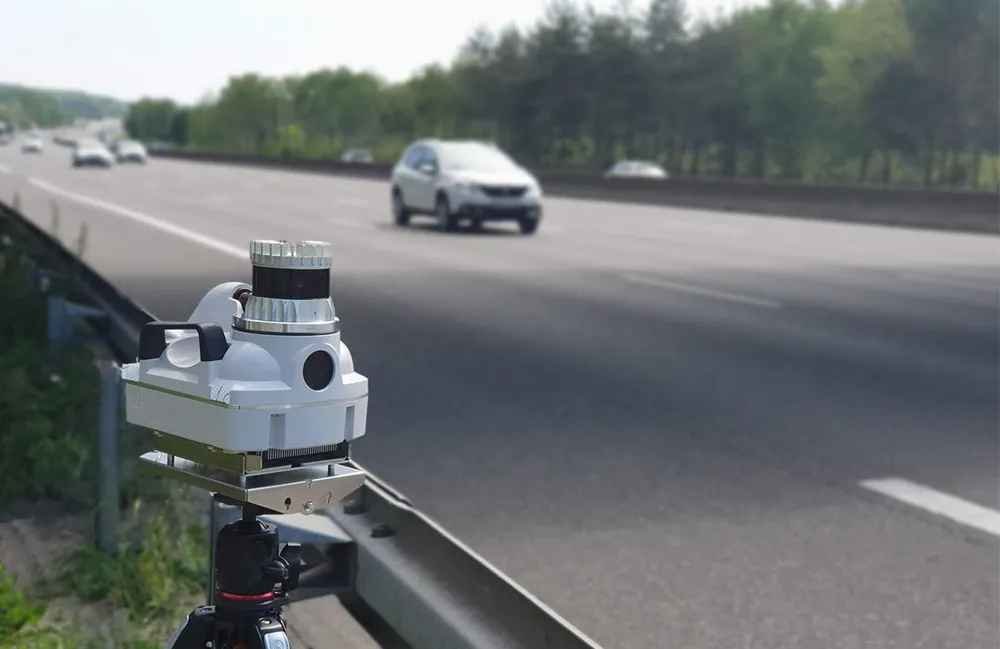The vehicles will cross into Windsor, Ontario before going north to Sarnia, Ontario and return back into Michigan. The demonstration drive allows Continental and Magna, as well as the
Using Continental’s Cruising Chauffeur function, the vehicles will be able to take over driving tasks on various roads in accordance with traffic regulations. Once Cruising Chauffeur is activated, data analysed in the Assisted and Automated Driving Control Unit (ADCU) central control unit is used to generate a 360-degree model of the vehicle’s surroundings. In combination with a high-resolution map, the system recognises all moving and static objects, as well as the layout of the road ahead.
The drive aims to demonstrate how the vehicles’ multiple camera, radar and LiDAR sensors will interact while being driven through the concrete Detroit-Windsor Tunnel and across the steel Blue Water Bridge.
To mark the event as the latest example of partnerships in the Great Lakes region, MDOT and OMT will sign a memorandum of understanding at the drive’s completion to further promote and foster growth of connected and autonomous technology testing and deployment, supporting both Michigan and Ontario’s economic interests and technological advancements by enabling job-creating growth for both jurisdictions.
Continental, Magna International to conduct real-world test of driverless vehicles
Two automated driving vehicles will travel more than 300 miles before arriving in Traverse City, Michigan, US as part of an international border demonstration by Continental and Magna International. The demonstration will start in southeast Michigan and finish at the Center for Automotive Research’s annual Management Briefing Seminars. The vehicles will cross into Windsor, Ontario before going north to Sarnia, Ontario and return back into Michigan. The demonstration drive allows Continental and Magna, as we
August 1, 2017
Read time: 2 mins
Two automated driving vehicles will travel more than 300 miles before arriving in Traverse City, Michigan, US as part of an international border demonstration by 260 Continental and 5026 Magna International. The demonstration will start in southeast Michigan and finish at the Center for Automotive Research’s annual Management Briefing Seminars.








